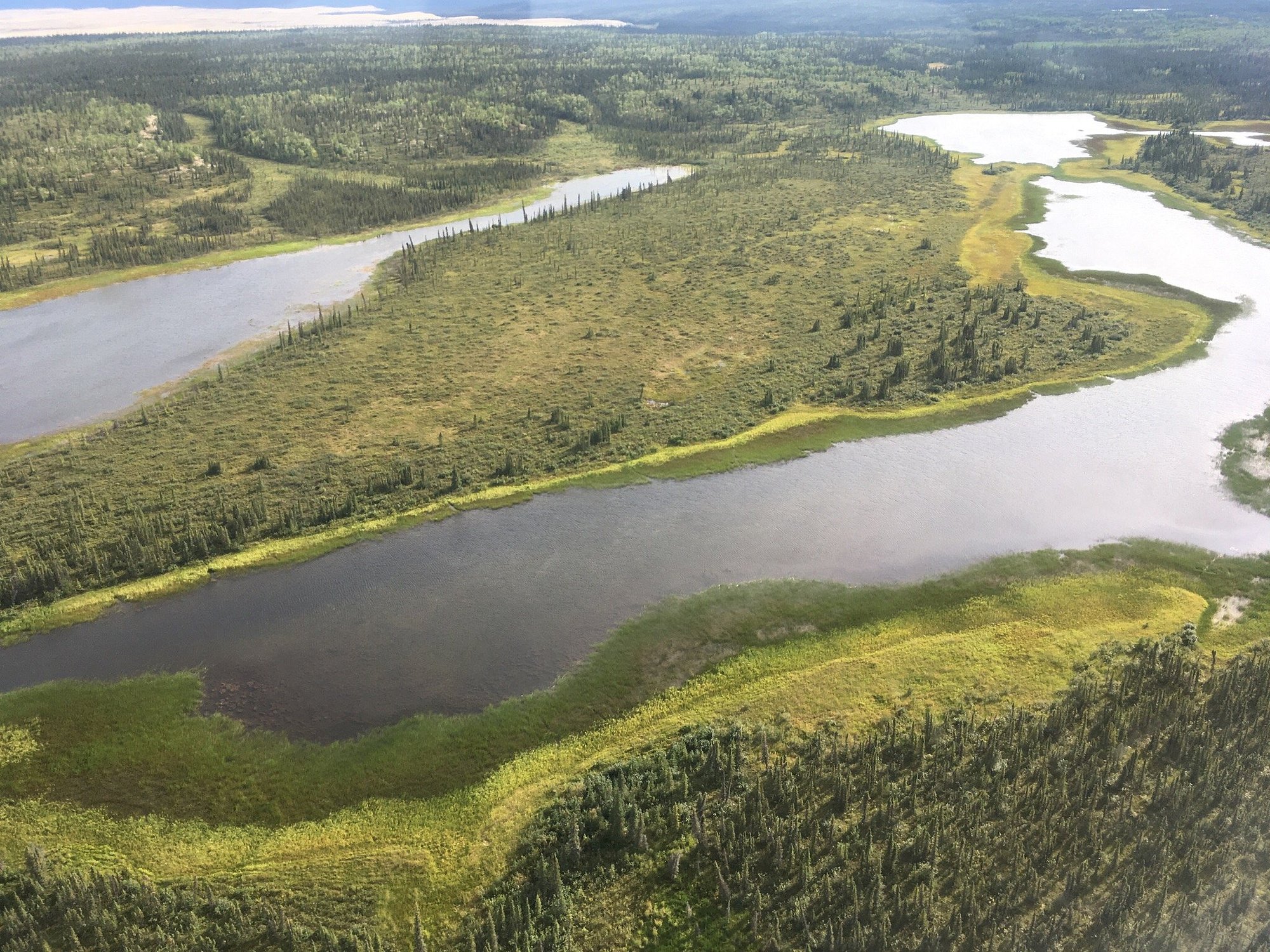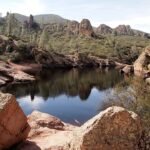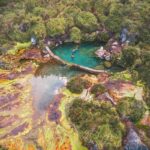Quick Bits:
Kobuk Valley National Park sits far above the Arctic Circle in Alaska. It protects over 1.7 million acres of wilderness. This remote land holds secrets of ancient migration routes, shimmering sand dunes, and rich ecosystems. It has no roads or trails. Access comes by air, boat, or snowmobile. Wild and untamed, Kobuk Valley offers a pure experience for those seeking true adventure.

Image by: 16Terezka – Via Wikipedia
Key Highlights
- Home to Great Kobuk Sand Dunes
-
Twice-yearly caribou migration through the valley
-
Located within the Arctic Circle
-
No roads or developed visitor centers
-
Lush boreal forest and tundra blend into winding rivers and mountains
-
Ideal for backpackers, photographers, and solitude seekers.
General Information
Kobuk Valley National Park was established in 1980. It preserves a large stretch of the Arctic’s wild lands. It is part of Alaska’s national park system, but differs from more developed parks. There are no visitor services within its boundaries. Exploration demands preparation, courage, and a love of raw nature.
The park’s management emphasizes preservation. The land supports subsistence lifestyles for Alaska Native communities. Hunting, fishing, and gathering continue as part of traditional culture.
There is no entrance fee. Permits are not required for general visitation, though backcountry travelers are encouraged to register with the National Park Service.
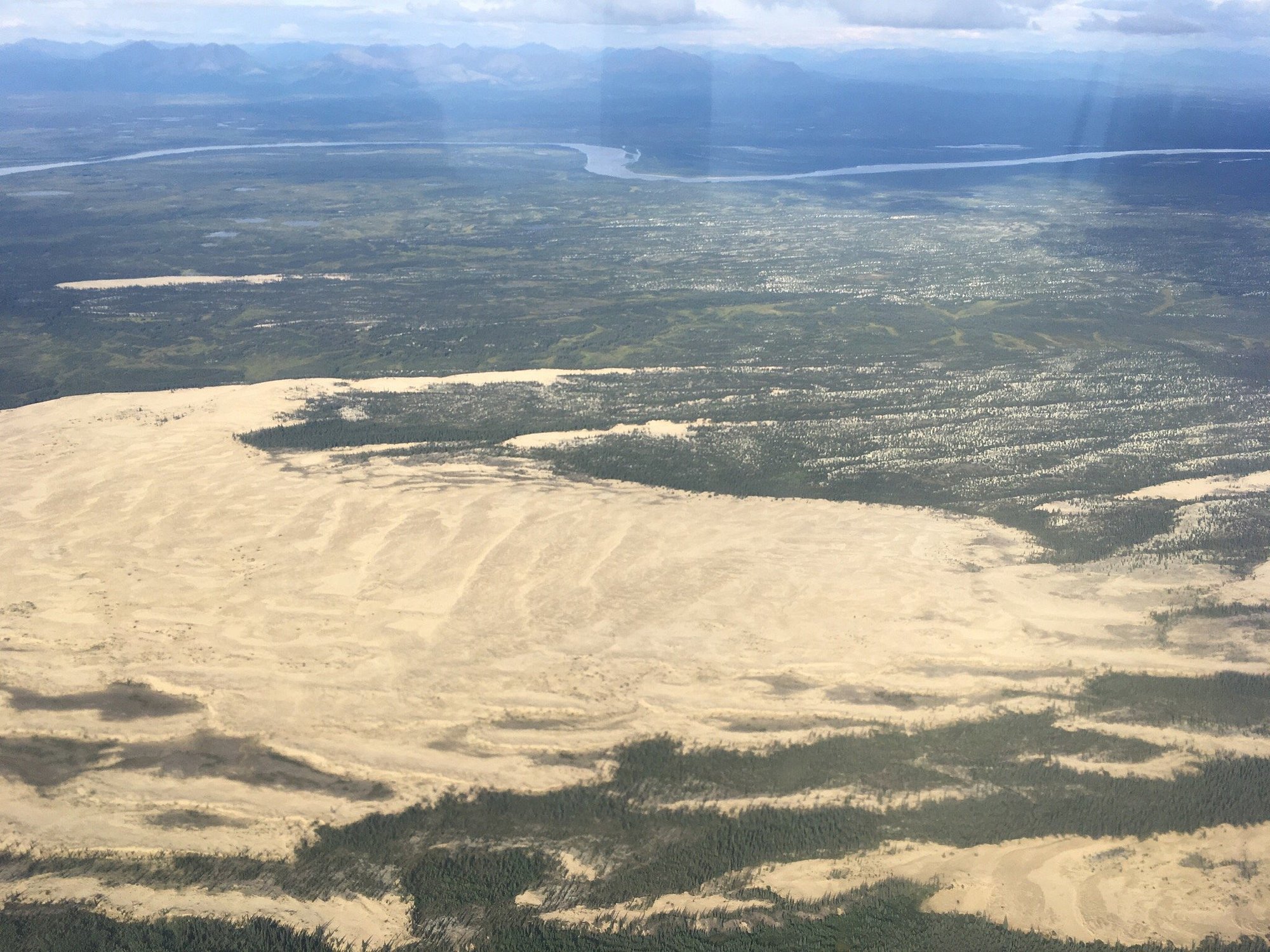
Image by: greatdiamondust Via Tripadvisor
Geography Information
The landscape of Kobuk Valley is shaped by glacial forces, river systems, and shifting sand. The Kobuk River winds 61 miles through the park. It carves a green path through broad valleys and foothills.
Dominating the central valley are the Great Kobuk Sand Dunes. These are the largest active dunes in the Arctic. Carved by wind, they rise from the tundra in golden waves. Smaller dunes—Little Kobuk and Hunt River Dunes—lie to the east.
The Baird Mountains stand guard to the north. The Waring Mountains watch from the south. Between them lies a tapestry of taiga forest, sedge meadows, and wetlands.
This remote terrain changes with each season. In summer, rivers sparkle in the midnight sun. In winter, snow and silence cloak the land.
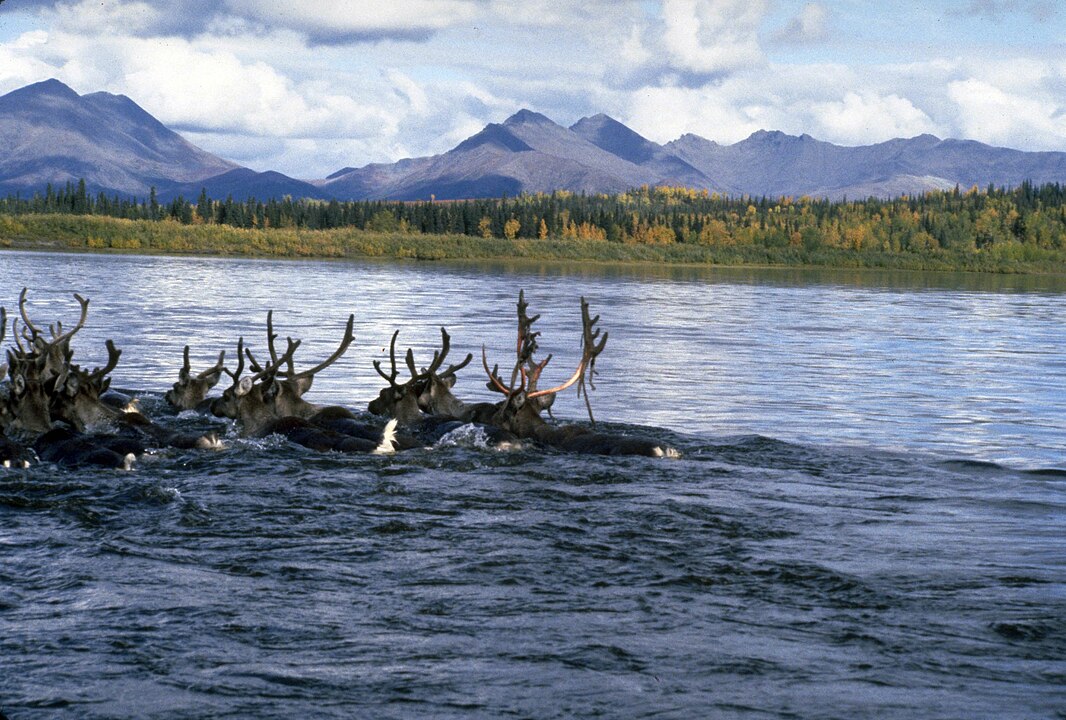
Image by: Western Arctic National Parklands – Via Wikipedia
Places to Visit
Though undeveloped, Kobuk Valley holds striking destinations for those ready to explore:
1. Great Kobuk Sand Dunes
These surreal dunes stretch for 25 square miles. Rising up to 100 feet, they seem out of place among the tundra. In warm months, their sands glow under 24-hour sunlight. Tracks of foxes, wolves, and moose mark the surface. The dunes shift over time, shaped by wind and weather.
2. Kobuk River
A natural highway, the Kobuk River is popular for float trips. Adventurers paddle it in rafts or packrafts, taking in views of mountains and dense forests. It supports a range of wildlife including bears, eagles, and salmon. Sandbars serve as perfect campsites for multi-day journeys.
3. Onion Portage
This site carries thousands of years of history. Indigenous peoples have hunted caribou here for 9,000 years. Today, it remains a crossing point during caribou migrations. Archaeological digs uncovered layers of tools, fire pits, and bone fragments. Onion Portage sits near the eastern edge of the park.
4. Baird Mountains
The Baird Mountains offer rugged hiking and sweeping vistas. They hold rich habitats for Dall sheep, wolverines, and lynx. These mountains also shelter alpine lakes and glacier remnants. Their jagged silhouettes stand tall against the Arctic sky.
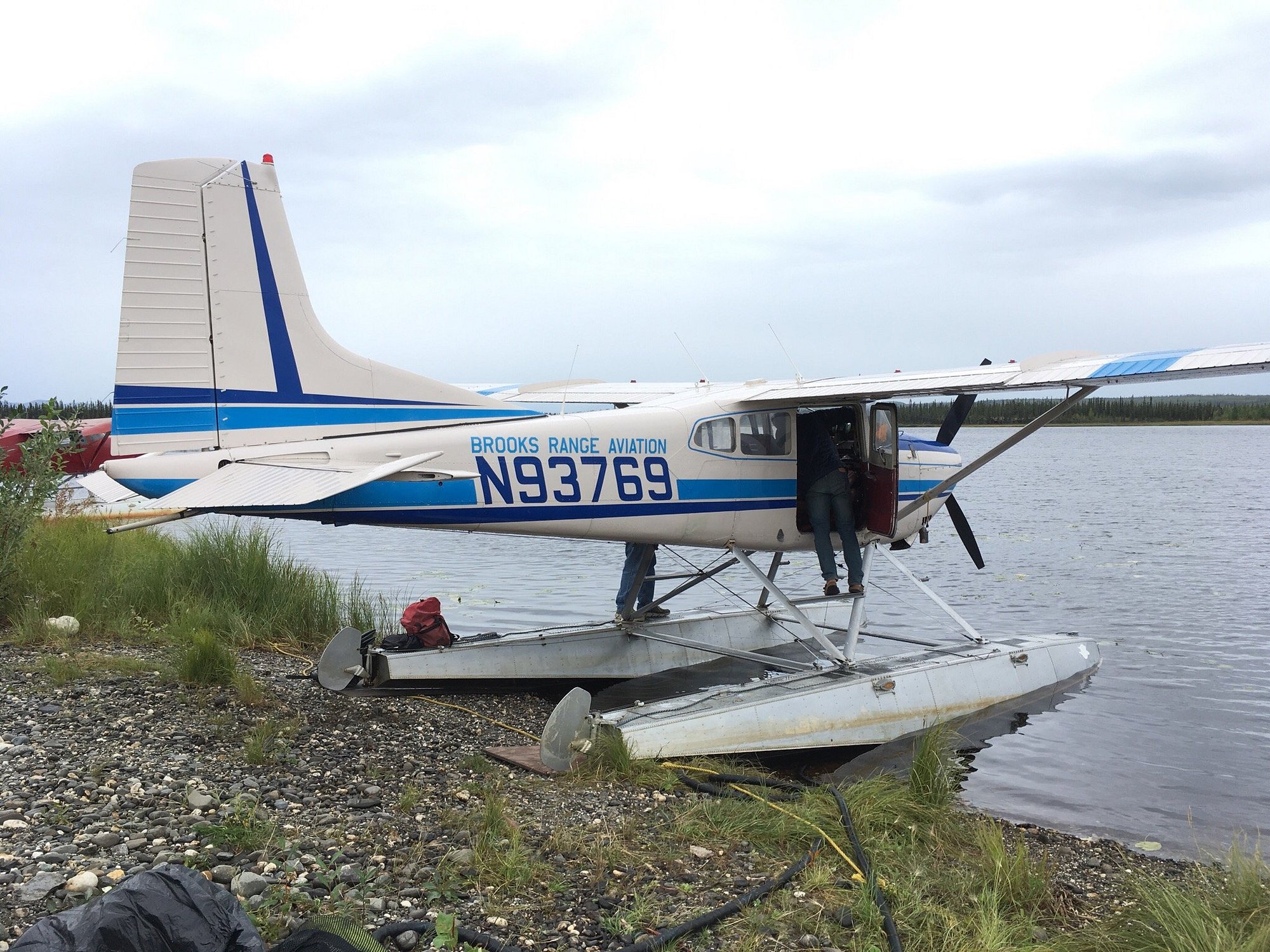
Image by: greatdiamondust Via Tripadvisor
Yearly Climate
Kobuk Valley experiences stark seasonal contrasts:
| Season | Average High | Average Low | Features |
|---|---|---|---|
| Winter (Nov-Mar) | -10°F to -40°F | -30°F to -50°F | Long darkness, snow-covered, sub-zero temps |
| Spring (Apr-May) | 10°F to 40°F | -20°F to 25°F | Melting snow, ice breakup, emerging wildlife |
| Summer (Jun-Aug) | 45°F to 75°F | 30°F to 50°F | Midnight sun, migratory birds, peak travel |
| Fall (Sep-Oct) | 20°F to 40°F | 10°F to 25°F | Golden tundra, cooling temps, caribou migration |
The sun stays visible around the clock in mid-summer. By contrast, mid-winter brings near-total darkness.
Best Time of Year to Visit
Late June through August offers the best access. Rivers are ice-free. Dunes and valleys bloom with summer growth. Wildlife is active. The sun shines nearly all day. It’s ideal for rafting, backpacking, and sightseeing flights.
Caribou migrations occur in spring and fall, making Onion Portage and river areas exciting for wildlife viewing.
Winter travel is possible by snowmobile or dog sled but demands expert skills and preparation. Cold weather gear and navigation tools are essential. Visitors in winter often travel with local guides.

Image by: Education Specialist – Via Wikipedia
In Summary…
Kobuk Valley National Park is a masterpiece of the Arctic. With no roads and no crowds, it gives space to breathe and roam. The park’s sand dunes glow like desert islands in the tundra sea. The caribou still walk paths worn into memory. Ancient sites speak of survival, balance, and harmony with nature.
Those who reach Kobuk Valley find a rare treasure. The journey begins in solitude and ends in awe.

